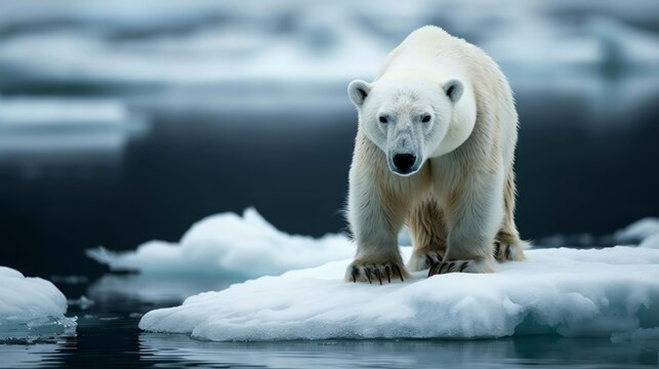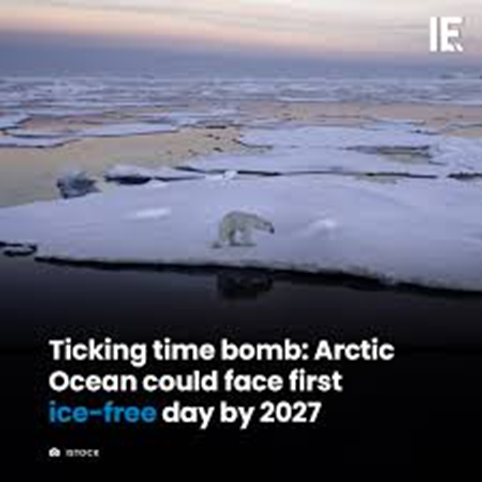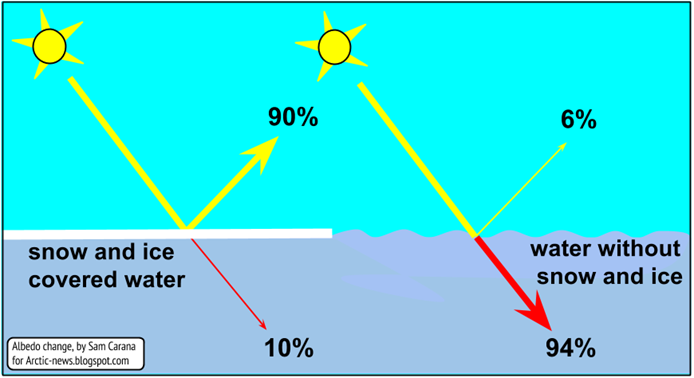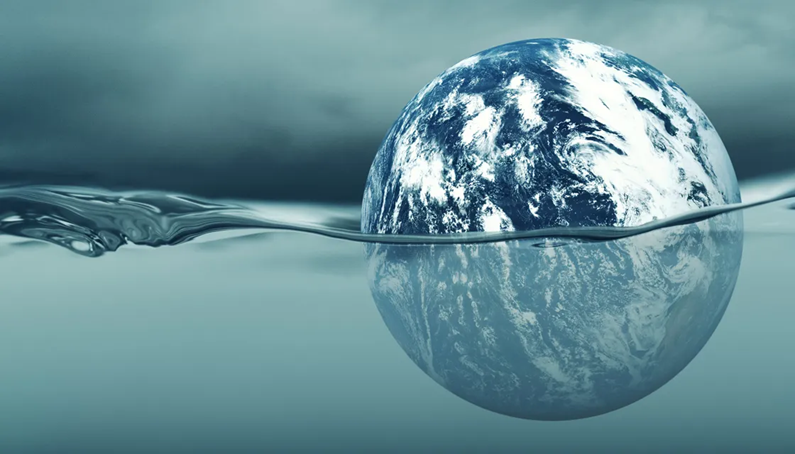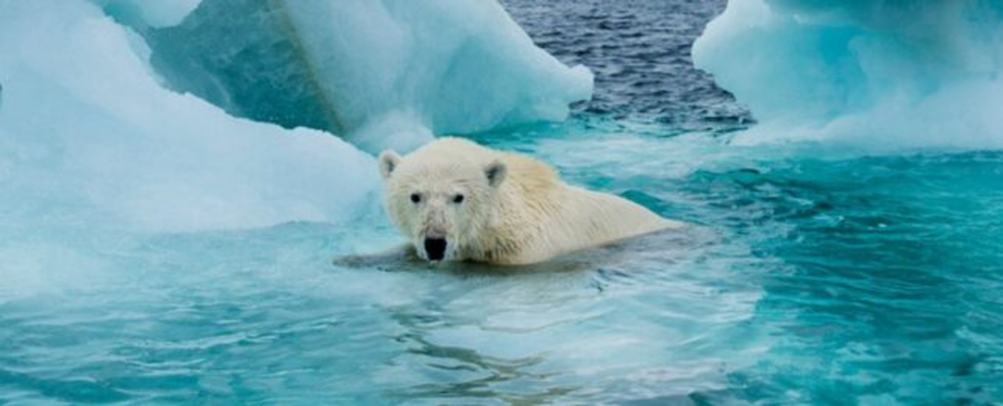Arctic Ocean may see its first ice-free day — when its waters have less than one million square kilometres of sea ice — by 2030, or sooner than previously expected, according to a new study. The scenario is unlikely to happen but it is possible, and its plausibility is increasing as humans continue to emit heat-trapping greenhouse gases (GHGs) at unprecedented levels, the analysis said.
First Ice-Free Day In The Arctic | Why Does It Matter
Why In News
- Arctic Ocean may see its first ice-free day — when its waters have less than one million square kilometres of sea ice — by 2030, or sooner than previously expected, according to a new study. The scenario is unlikely to happen but it is possible, and its plausibility is increasing as humans continue to emit heat-trapping greenhouse gases (GHGs) at unprecedented levels, the analysis said.
- The study, ‘The first ice-free day in the Arctic Ocean could occur before 2030’, was published in the journal Nature Communications. It was carried out by Céline Heuzé from the University of Gothenburg (Sweden), and Alexandra Jahn from the University of Colorado Boulder (USA).
What Does Study Says
- Arctic sea ice has been shrinking for decades. In the last 40 years, the sea ice extent has been decreasing by 12.6% each decade, a pace of decline that is unmatched by any point in at least the last 1,500 years, according to a 2023 report in the MIT Climate Portal.
- For the study, the researchers used 11 different climate models to run 366 simulations of climate change and Arctic sea ice concentrations from 2023 to 2100.
- The majority of simulations predicted that the first ice-free day in the Arctic would be witnessed within seven to 20 years even if humans drastically cut GHG emissions in the following years.
- Nine of the simulations found that an ice-free day can occur within three to six years. However, for this to happen certain right conditions will have to line up. For instance, there has to be unusually warm fall, winter, and spring. Stormy weather could also lead to rapid melting as it can break up the sea, helping it dissolve faster into the ocean.
- If these conditions occur together and persist for a few years, the first ice-free day will occur by September 2027.
- Although there is uncertainty over when exactly the first ice-free day will occur, there is consensus among scientists that it will definitely take place at some point.
- The only way to thwart the first ice-free day is to dramatically reduce GHG emissions, which is unlikely to happen anytime soon. In 2023, the globally averaged surface concentrations of carbon dioxide, methane, and nitrous oxide reached new highs, according to a report by the World Meteorological Organization (WMO).
- The study also said that the first ice-free day occurs within the next few years, it may be followed by several more. The climate model simulations predicted that the ice-free period can last between 11 and 53 days. This means that the Arctic can also witness the first ice-free month.
What Happens If The Arctic Becomes Ice-Free?
- The loss of sea ice in the Arctic would have far-reaching consequences. For example, it would exacerbate climate change. This could happen due to something called the Albedo effect, or how much sunlight (solar energy) a surface reflects.
- Sea ice keeps temperatures down in the polar regions, as its bright, white surface reflects more sunlight back to space than liquid water. Once it vanishes, the Arctic will become even warmer, triggering more extreme weather events in the mid-latitudes, according to scientists.
- Another fallout will be the rise of sea levels which is already worsening. In the past 10 years, the global sea level has been rising 1.5 times faster compared to the 1990s. Currently, the mean sea level is rising at a rate of 3.6 mm annually.
- If the Greenland ice sheet, located between the Atlantic and the Arctic Ocean, entirely melts away, global sea levels could rise six meters. This could severely impact coastal communities across the world.
- The disappearance of sea ice will present unprecedented challenges to ecosystems dependent on it. “Loss of ice and melting permafrost spells trouble for polar bears, walruses, arctic foxes, snowy owls, reindeer, and many other species. As they are affected, so too are the other species that depend on them, in addition to people,” according to a report by the World Wildlife Fund (WWF).
- Some of the fallouts are already unfolding. For instance, due to sea ice melting, several species are being forced to move to land as a base for hunting. Marine animals have been moving further north in search of colder water.
